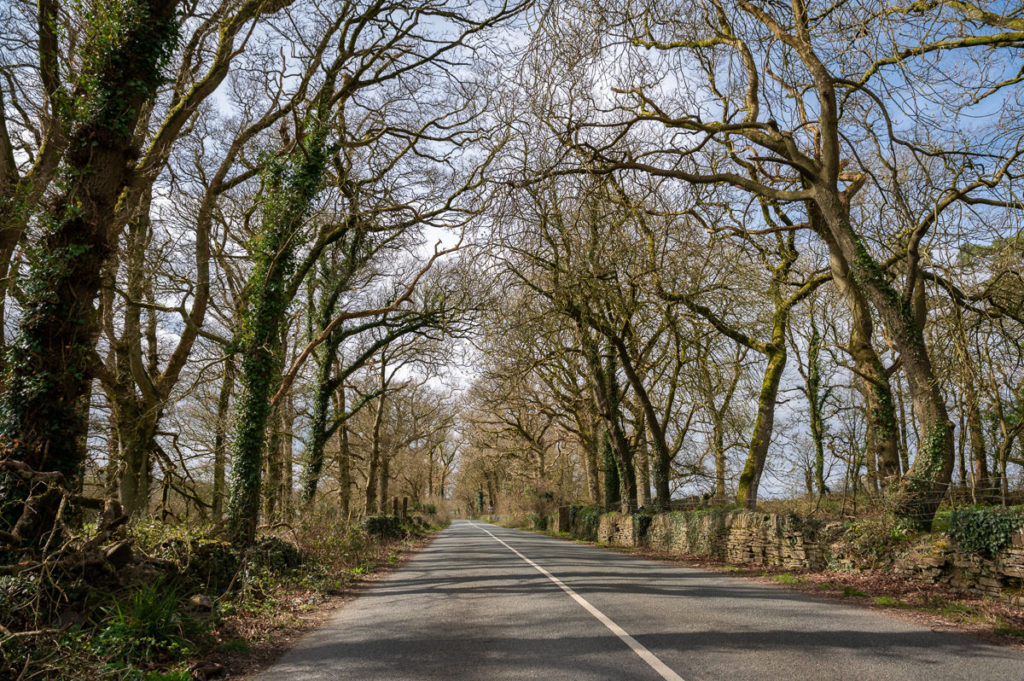
Kanturk town has been historically noted for its ‘well-wooded appearance’ and mature trees – especially beech – add much to the town’s visual character. This has much to do with a historical feature particular to the area which can be simply characterised as a double ditch, or bank, parallel with the road and with trees grown in between.
The outer bank is the normal roadside ditch or wall. The inner bank varies between 20 and 30 feet from the roadside bank. The feature is quite distinctive once identified and remnants survive in a good number of locations around Kanturk and district.
There are historic references to the origin of these, mainly related to Edward Tierney whose improvements have left an important handprint on Kanturk – he was land agent for the Earl of Egmont’s Irish Estates from 1824 to 1841 and proprietor of same from 1842 to 1856. These estates were mainly around Kanturk and Churchtown.
In the decade up to 1842 alone, a sum of £24,000 was consumed by these improvements, of which plantation was an important component. Evidence at the Devon Commission in 1844 informs us that Tierney was fond of planting on both sides of the road, thereby cutting it off completely from tenants’ farms.
Thousands of saplings were planted, the cost of which he bore himself. Tenants were allowed whatever grass lay within these roadside screens in exchange for the surveillance and maintenance of them. Any expenses incurred in fencing and ditching were always paid for by Tierney (1).
These plantations, in quantity of land and rent, were exempted from tenant’s dues (2). When grown to maturity, they provided what one observer has called “Kanturk’s well-wooded appearance” (3).
(1) Gilbert, Lloyd and Millview, in evidence in the Courthouse, Kanturk
(2) Estate Survey, 1832.
(3) Col. James Grove-White, Historical and Topographical Notes on North Cork, 1905-1913